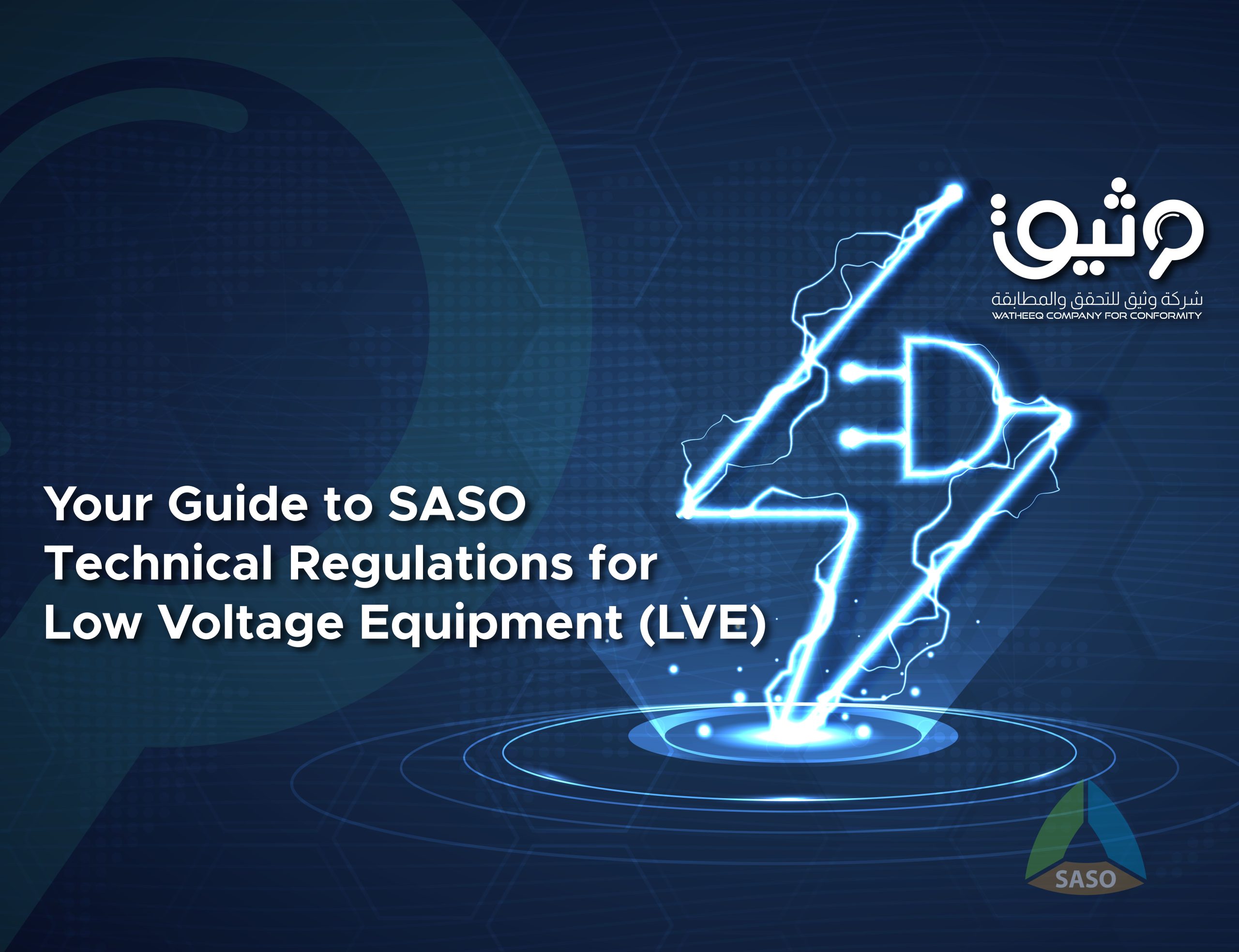Many importers and manufacturers find SASO Technical Regulations for Low Voltage Equipment (LVE) complicated but with the right guidance, they can be your greatest tool for market access, product trust, and long-term growth.
When it comes to LVE, safety isn’t optional. The market is flooded with electronics and appliances, but only those that comply with Saudi Arabia’s strict regulations can be imported, sold, or used. That’s where Watheeq, a SASO-approved Conformity Assessment Body, steps in helping you stay compliant, efficient, and market-ready.








